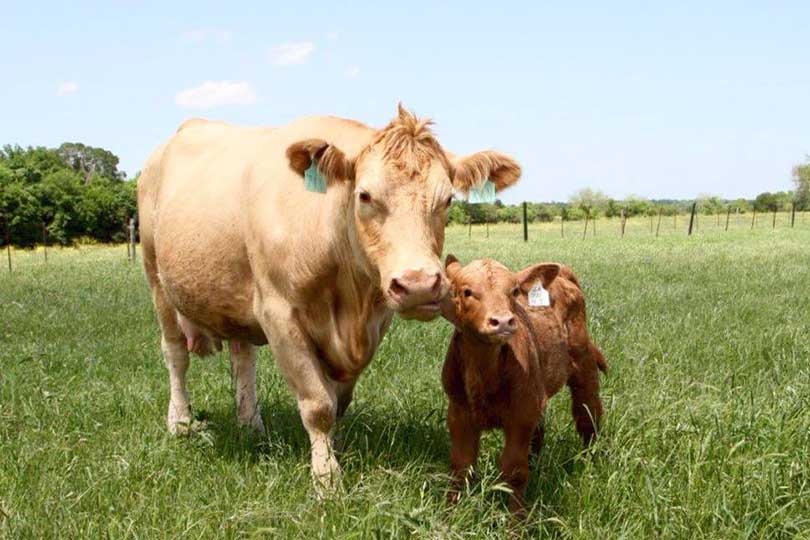A longer calving season is more difficult to manage, while a short breeding season adds value to a calf crop and allows for more efficient cow supplementation and herd health programs, according to Drovers CattleNetwork.
To successfully convert year-round to a 75-day controlled calving season, ranchers must plan and use caution.
And there are many benefits to a short calving season. More uniform calf crops, heavier weaning weights, the ability to raise more fertile replacement heifers, increased marketing options for calves are just a few, according to Texas A&M AgriLife Extension.
Body condition score and herd health management are vital. Most vaccinations should be administered at specific stages of production so that the maximum immune response can be realized. In a controlled breeding season, all cows can be worked and vaccinated at the same time.
Good forage quality is an important factor to consider when choosing a short breeding season.
Drovers CattleNetwork recommends the following steps to convert to a controlled breeding system:
1. Determine the ideal time of year and the length of your new calving season.
2. Determine the reproductive status of each cow.
3. Based upon the reproductive status of your herd, determine if you would like one controlled calving season or two.
4. Build a good strong bull pen or well-fenced bull pasture.
5. Remove your bull(s) from the herd. Select the removal date to coincide with about a 120-day season for your spring-calving cows.
6. Sixty days after removing the bull(s) from the herd, pregnancy check all cows and cull all non-pregnant dry, breeding-age females that have been running with the bull and all non-pregnant cows with calves 5 months of age or older.
7. You may want to consider starting the breeding season of your replacement heifers 20 to 30 days ahead of the final breeding date for your herd. Most extended calving seasons are the result of failure of young cows to rebreed in a timely fashion.
8. The second year, follow the same system as outlined, except remove the bull on the week of July 20. If you have fall and spring calvers, then put the bull in for the fall cows around Nov. 20 and remove him around Jan. 20.

